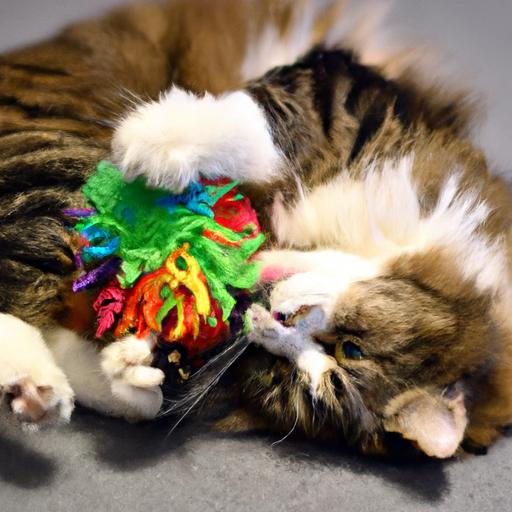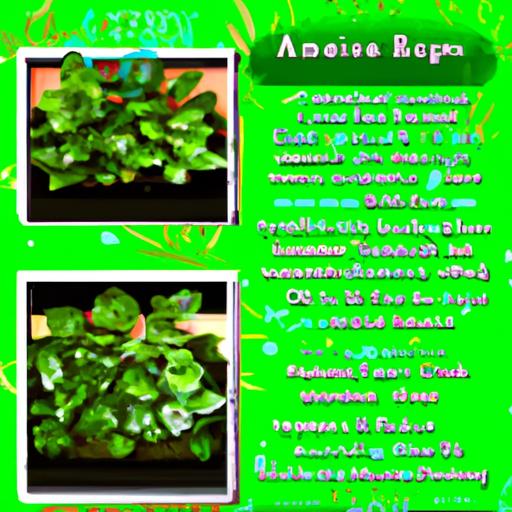
Nurturing a Healthy Tank with Anubias Barteri Varieties
Learn how to create a thriving aquatic environment by nurturing a healthy tank with Anubias Barteri varieties. Read our expert tips now!
Introduction
Are you an avid aquarium enthusiast looking to create a thriving aquatic environment? Look no further than the Anubias Barteri plant and its various captivating varieties. Maintaining a healthy tank environment is crucial for the growth and well-being of your aquatic plants, and the Anubias Barteri is here to help you achieve just that. In this article, we will explore the different varieties of Anubias Barteri and provide you with valuable tips on nurturing these beautiful plants.
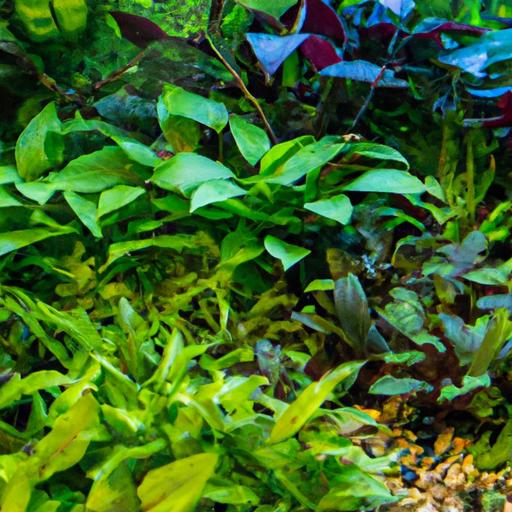
Nurturing Anubias Barteri Varieties
When it comes to cultivating Anubias Barteri, it is essential to understand the characteristics of each variety and the specific requirements they entail. Let’s explore some of the varieties available:
1. Anubias Barteri Nana
Known for its compact size and lush green leaves, Anubias Barteri Nana is a popular choice among aquarists. This variety thrives in low to moderate lighting conditions, making it perfect for beginners. It is important to provide a suitable substrate and ensure stable water parameters to promote healthy growth.
2. Anubias Barteri Coffeefolia
If you’re looking to add a touch of uniqueness to your tank, Anubias Barteri Coffeefolia is an excellent choice. With its distinctive coffee-colored leaves, this variety creates an eye-catching focal point in any aquarium. It prefers moderate to high lighting conditions and benefits from regular fertilization to maintain its vibrant color.
3. Anubias Barteri Broadleaf
As the name suggests, Anubias Barteri Broadleaf stands out with its large, broad leaves. This variety adds a sense of grandeur to your aquatic landscape and provides ample hiding spots for your aquatic inhabitants. Moderate lighting and regular nutrient supplementation are crucial for the healthy growth of this variety.
4. Anubias Barteri Variegated
For those seeking a visually striking plant, Anubias Barteri Variegated is a captivating choice. Its leaves exhibit a beautiful variegation of green and white, creating a stunning contrast in your tank. This variety requires moderate lighting and benefits from the occasional addition of liquid fertilizers.
When nurturing Anubias Barteri varieties, it is important to create an ideal tank environment. Here are some key factors to consider:
Lighting
Anubias Barteri varieties thrive under moderate lighting conditions. Providing ample light will enable the plants to photosynthesize effectively and promote healthy growth. However, it is important to strike a balance, as excessive lighting can lead to unwanted algae growth. LED lights or fluorescent tubes specifically designed for aquariums are suitable options.
Temperature and Water Parameters
Maintaining stable water parameters is crucial for the well-being of Anubias Barteri varieties. They prefer a temperature range of 72-82°F (22-28°C) and a pH level between 6.0 and 7.5. Regular water testing and appropriate adjustments are essential to ensure optimal conditions for your plants.
Substrate and Fertilizers
Choosing the right substrate is vital for the proper growth of Anubias BarterA nutrient-rich substrate, such as aquarium soil or clay-based substrate, provides essential nutrients for the plants. Additionally, supplementing with liquid fertilizers formulated for aquatic plants can further enhance their growth and overall health.
Frequently Asked Questions (FAQ)
-
How often should Anubias Barteri be fertilized?
Anubias Barteri varieties benefit from regular fertilization. It is recommended to use a liquid fertilizer once or twice a month, following the manufacturer’s instructions. Be cautious not to over-fertilize, as it can lead to nutrient imbalances and harm the plants.
-
Can Anubias Barteri survive in low-light conditions?
Yes, certain varieties such as Anubias Barteri Nana can thrive in low-light conditions. However, it is important to provide some lighting to ensure proper photosynthesis. Utilizing low-intensity LED lights or placing the plants near a window can help meet their lighting requirements.
-
What are the common pests or diseases that affect Anubias Barteri?
Anubias Barteri varieties are generally robust and resistant to pests and diseases. However, they can occasionally be susceptible to algae growth, snail infestations, or leaf spot diseases. Regular observation, proper maintenance, and maintaining water quality help prevent these issues.
-
How do I propagate Anubias Barteri?
Anubias Barteri can be propagated through rhizome division. Carefully separate the rhizome into smaller sections, ensuring that each section has healthy leaves and roots. Plant the sections into the substrate, making sure not to bury the rhizome. With proper care, the new sections will grow into individual plants.
Conclusion
In conclusion, nurturing a healthy tank with Anubias Barteri varieties is a rewarding experience for any aquarium enthusiast. By understanding the unique characteristics and requirements of each variety, you can create a thriving aquatic environment that showcases the beauty of these plants. From the compact Anubias Barteri Nana to the visually striking Anubias Barteri Variegated, each variety adds its own charm to your tank. Remember to provide suitable lighting, maintain stable water parameters, and choose the right substrate and fertilizers to ensure their optimal growth. With proper care and attention, your Anubias Barteri plants will flourish, enhancing the overall aesthetics and vitality of your aquarium.
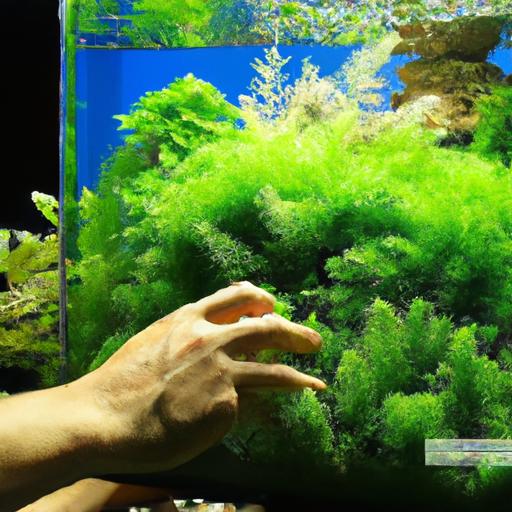
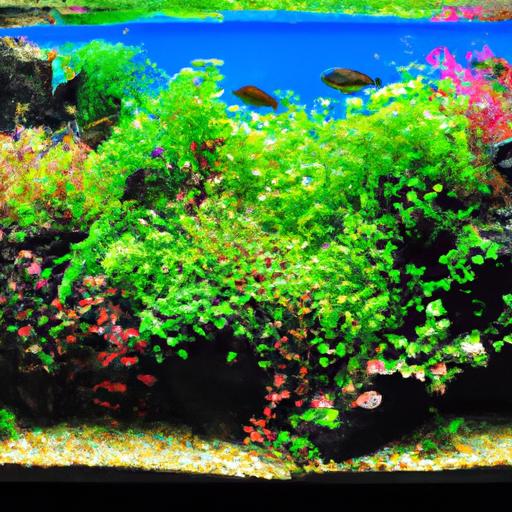
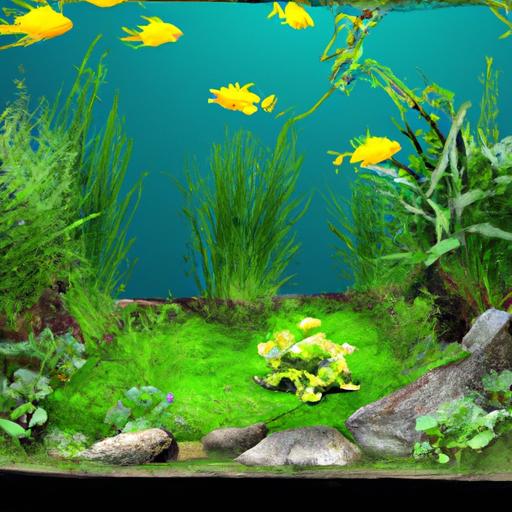
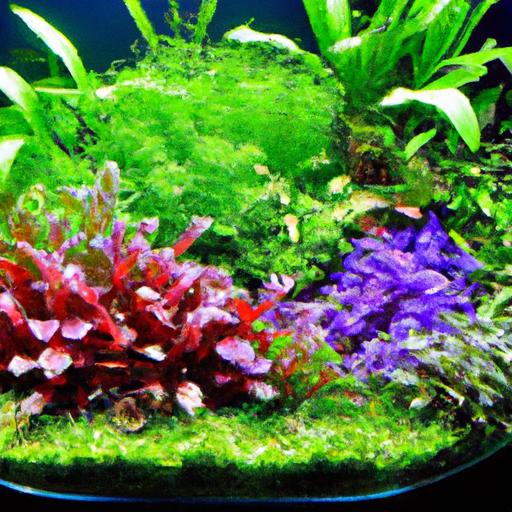
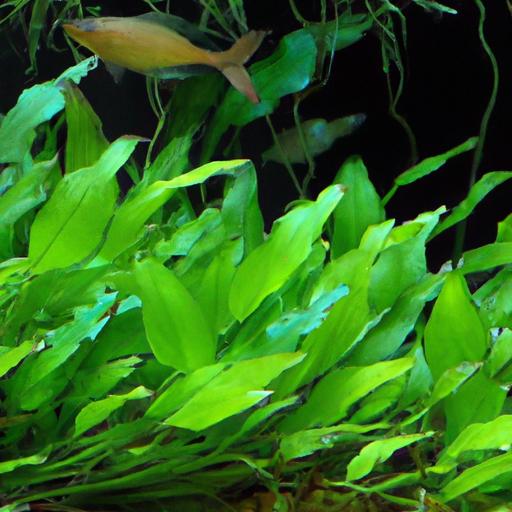














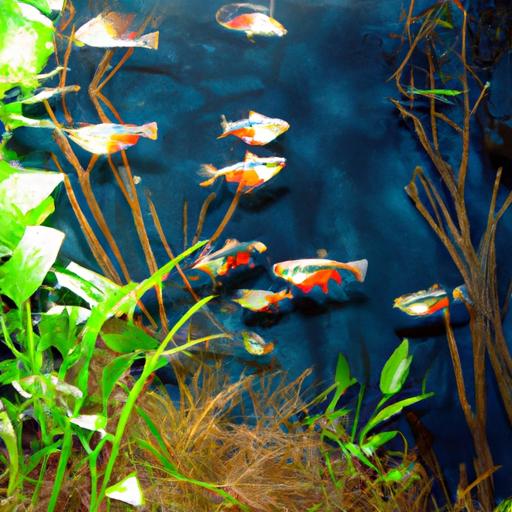
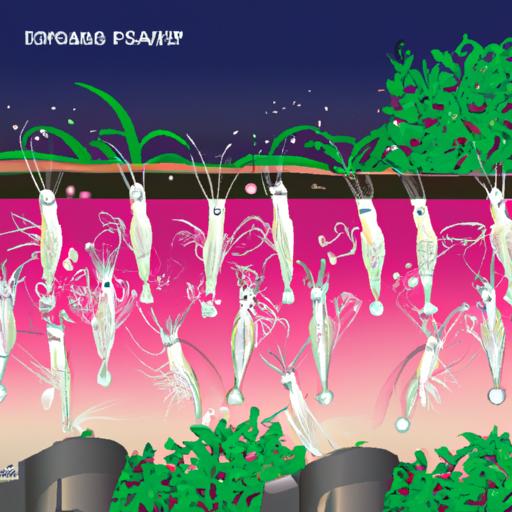
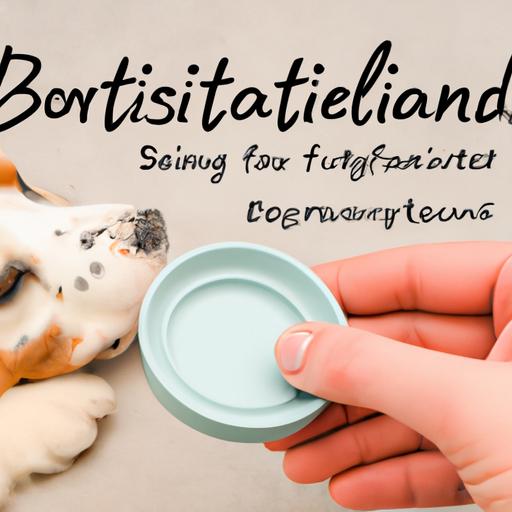

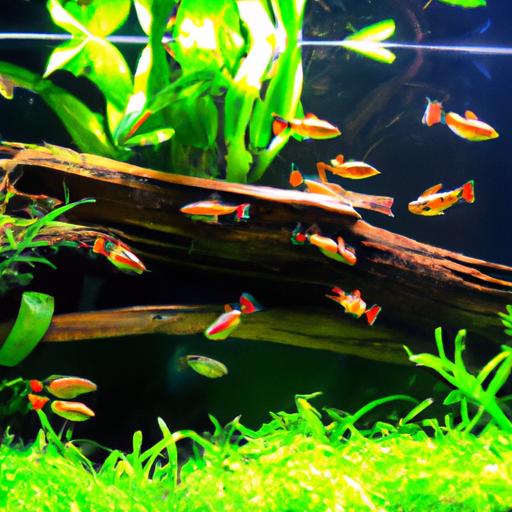

.jpg)
